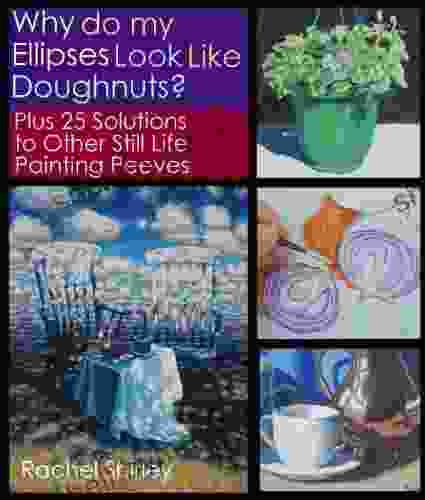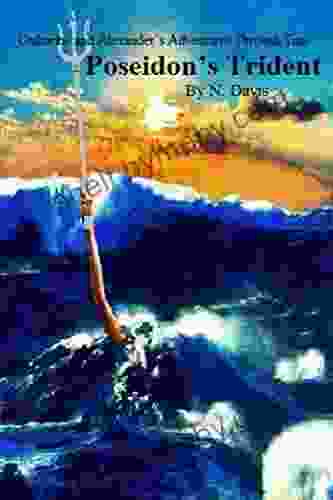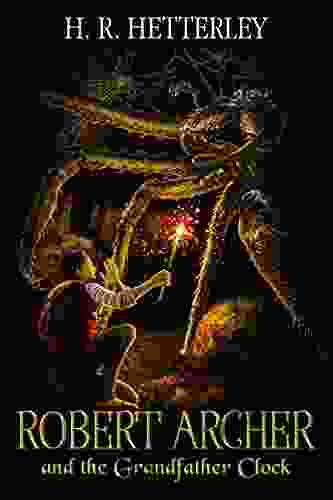Immerse Yourself in the Vibrant World of Color Theory: A Comprehensive Guide to Oil Painting Flowers and More

Color theory is an essential foundation for any artist, and understanding how to use color effectively can transform your paintings from ordinary to extraordinary. In the realm of oil painting, where the blending and manipulation of pigments create stunning effects, color theory takes on a whole new level of importance.
This comprehensive article delves into the fascinating world of color theory, providing invaluable tips and techniques to help you master the art of oil painting. From understanding the color wheel to creating harmonious color schemes, you'll discover the secrets to painting vibrant and realistic flowers, landscapes, and more.
The color wheel is the cornerstone of color theory, providing a visual representation of the relationships between different colors. Understanding the different sections of the color wheel, including primary, secondary, and tertiary colors, is crucial for creating balanced and visually appealing paintings.
5 out of 5
| Language | : | English |
| File size | : | 4708 KB |
| Text-to-Speech | : | Enabled |
| Screen Reader | : | Supported |
| Enhanced typesetting | : | Enabled |
| Print length | : | 150 pages |
| Lending | : | Enabled |
Warm and Cool Colors: Colors on the warm side of the wheel (red, orange, yellow) evoke feelings of warmth, energy, and excitement. On the other hand, colors on the cool side (blue, green, violet) convey coolness, serenity, and tranquility.
Complementary Colors: Colors that are directly opposite each other on the color wheel are known as complementary colors. When placed side by side, they create a strong contrast, resulting in vibrant and eye-catching compositions.
Analogous Colors: Analogous colors are colors that are adjacent to each other on the color wheel. They create a harmonious and unified look when combined.
Primary Colors: Red, blue, and yellow are the primary colors, and they cannot be created by mixing other colors. They form the foundation of all other colors.
Secondary Colors: Orange, green, and violet are the secondary colors, and they are created by mixing equal amounts of two primary colors.
Tertiary Colors: Tertiary colors are created by mixing a primary color with a secondary color. They include colors such as red-orange, yellow-green, and blue-violet.
Monochromatic Scheme: This scheme uses different shades of a single color, creating a cohesive and elegant look.
Analogous Scheme: A harmonious scheme that uses three or more colors adjacent to each other on the color wheel.
Complementary Scheme: A bold scheme that uses complementary colors, providing a dynamic and eye-catching contrast.
Triadic Scheme: A vibrant scheme that uses three colors evenly spaced around the color wheel.
Color Temperature: Refers to the warmth or coolness of a color. Warm colors tend to advance in a painting, while cool colors recede.
Values: The lightness or darkness of a color. Creating a range of values adds depth and realism to your paintings.
Chiaroscuro: A technique that uses contrasting light and dark values to create dramatic effects.
Choosing the Right Colors: Study the colors of real flowers to capture their vibrant hues accurately.
Mixing and Blending Colors: Create smooth transitions by mixing and blending colors on your palette.
Painting Petals and Stems: Use a variety of brushstrokes to create the delicate textures and subtle gradations of petals and stems.
Adding Details: Enhance the realism of your flower paintings by adding highlights, shadows, and veins.
Choosing a Color Palette: Consider the time of day, season, and weather conditions when selecting your colors.
Creating a Focal Point: Use color to draw attention to the main element of your landscape painting.
Painting Backgrounds: Create depth by varying the values and colors of the background.
Adding Atmospheric Effects: Use color to capture the mood and atmosphere of a scene, such as a foggy morning or a golden sunset.
Setting the Stage: Use color to create a specific atmosphere and mood for your still life painting.
Highlighting Objects: Draw attention to the main objects in your composition through the use of color contrast.
Creating Shadows and Reflections: Use color to indicate shadows and reflections, adding depth and realism.
Storytelling Through Color: Use color to convey a narrative or emotion in your still life painting.
Color theory is an indispensable tool for any oil painter who seeks to create captivating and realistic works of art. By understanding the concepts of color harmony, temperature, and values, you can unlock the vibrant potential of your palette and bring your artistic vision to life. The techniques and tips outlined in this comprehensive article will empower you on your journey to mastery in oil painting, whether it's the delicate hues of flowers, the atmospheric moods of landscapes, or the captivating stories told through still life.
5 out of 5
| Language | : | English |
| File size | : | 4708 KB |
| Text-to-Speech | : | Enabled |
| Screen Reader | : | Supported |
| Enhanced typesetting | : | Enabled |
| Print length | : | 150 pages |
| Lending | : | Enabled |
Do you want to contribute by writing guest posts on this blog?
Please contact us and send us a resume of previous articles that you have written.
 Book
Book Novel
Novel Page
Page Chapter
Chapter Text
Text Story
Story Genre
Genre Reader
Reader Library
Library Paperback
Paperback E-book
E-book Magazine
Magazine Newspaper
Newspaper Paragraph
Paragraph Sentence
Sentence Bookmark
Bookmark Shelf
Shelf Glossary
Glossary Bibliography
Bibliography Foreword
Foreword Preface
Preface Synopsis
Synopsis Annotation
Annotation Footnote
Footnote Manuscript
Manuscript Scroll
Scroll Codex
Codex Tome
Tome Bestseller
Bestseller Classics
Classics Library card
Library card Narrative
Narrative Biography
Biography Autobiography
Autobiography Memoir
Memoir Reference
Reference Encyclopedia
Encyclopedia Hawys Morgan
Hawys Morgan Stephanie Rose
Stephanie Rose Jim Randel
Jim Randel Josephine Pullein Thompson
Josephine Pullein Thompson E G Foley
E G Foley Sarah Miller
Sarah Miller Jamie Oliver
Jamie Oliver Heather Murdock
Heather Murdock Hillary Homzie
Hillary Homzie Henning Nelms
Henning Nelms Robert Ludlum
Robert Ludlum Ian Mcleod
Ian Mcleod Henry Cloud
Henry Cloud Hildegarde Deuzo
Hildegarde Deuzo Heather Swain
Heather Swain Scaachi Koul
Scaachi Koul Heather Lehr Wagner
Heather Lehr Wagner Vito Tanzi
Vito Tanzi Jason Vuic
Jason Vuic Hugh Harris
Hugh Harris
Light bulbAdvertise smarter! Our strategic ad space ensures maximum exposure. Reserve your spot today!

 Miguel de CervantesSingle Parenting and Romance: A Comprehensive Guide to Empowering You in Love...
Miguel de CervantesSingle Parenting and Romance: A Comprehensive Guide to Empowering You in Love... Jonathan FranzenFollow ·10.5k
Jonathan FranzenFollow ·10.5k Ian PowellFollow ·11.3k
Ian PowellFollow ·11.3k Peter CarterFollow ·14.6k
Peter CarterFollow ·14.6k James JoyceFollow ·18.3k
James JoyceFollow ·18.3k Jerome PowellFollow ·16.3k
Jerome PowellFollow ·16.3k Jackson HayesFollow ·16.5k
Jackson HayesFollow ·16.5k August HayesFollow ·17.1k
August HayesFollow ·17.1k Eugene PowellFollow ·9.8k
Eugene PowellFollow ·9.8k

 Bo Cox
Bo CoxUncover the Enchanting Pearl of the Arabian Gulf: Insight...
Escape to the opulent...

 Michael Crichton
Michael CrichtonInsight Guides Pocket Baku Travel Guide Ebook: Your...
An Enchanting Journey...
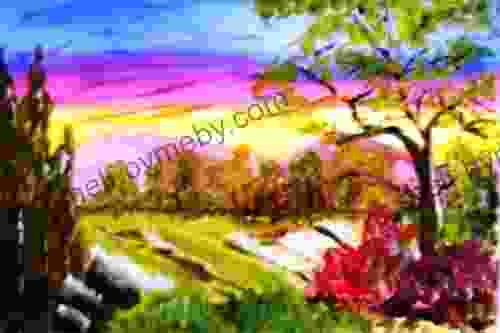
 Eugene Scott
Eugene ScottLearn to Paint Scenic Scenes: Unveil the Secrets of...
Step into the...
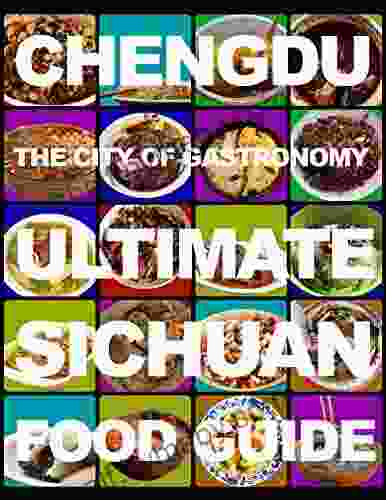
 Benji Powell
Benji PowellEmbark on a Culinary Adventure with "The Ultimate Sichuan...
Sichuan cuisine,...
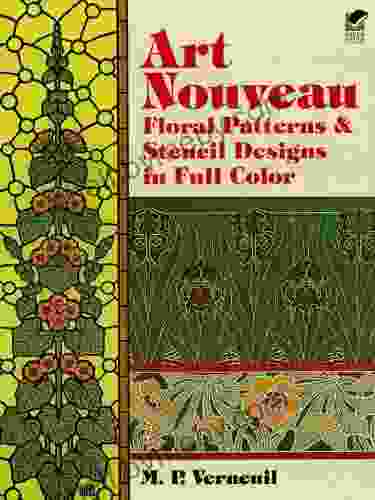
 Finn Cox
Finn CoxDiscover the Enchanting World of Art Nouveau: A...
Immerse yourself in the captivating beauty...

 Corey Green
Corey GreenUncover the Vibrant World of Guatemalan Chicken Buses: An...
Step into a world of vibrant colors,...
5 out of 5
| Language | : | English |
| File size | : | 4708 KB |
| Text-to-Speech | : | Enabled |
| Screen Reader | : | Supported |
| Enhanced typesetting | : | Enabled |
| Print length | : | 150 pages |
| Lending | : | Enabled |


